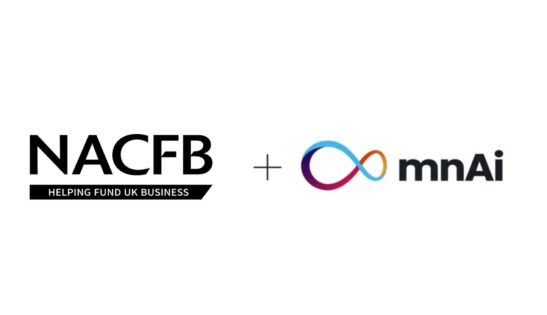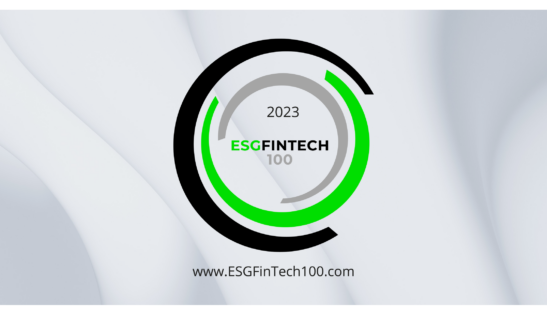09 Mar 2023
Morgan Sindall Group Procurement Director, Graham Edgell: construction, regeneration and the supply chain emissions conundrum

Why are Scope 3 emissions important to a company’s supply chain? And what are big companies like UK construction and regeneration giant Morgan Sindall doing to offset emissions and accelerate their journey to Net-Zero?
Regular readers of our blogs will be well versed in the key differences between Scope 1 and 2
emissions, and Scope 3
If you need a refresher, Scope 3 are those indirect emissions from a supply chain, which are out of a company’s direct control but can have a serious impact on that company’s overall emissions score. mnAi’s digital platform incorporates exclusive emissions data that makes the auditing of Scope 3 emissions much more effective. Up to now, it has been a conundrum for companies of any size.
To delve deeper into this, and explore the related issues faced by large companies and the potential solutions, we sat down with Morgan Sindall’s Group Procurement Director, and Supply Chain Sustainability School board member, Graham Edgell.
“Scope 1 and Scope 2 are in our control, whereas Scope 3 emissions aren’t – that’s the basic truth of the situation,” says Graham.
“Today, for example, Morgan Sindall has 500 mobile factories on the ground at any moment. This means we currently run around 30 different supply chains – because the supply chain that works in the north east of England, doesn’t work in Kent. And to complicate things further, the construction supply chain isn’t the same supply chain as the infrastructure supply chain.”
“Then there’s the sheer scope and variety of the projects Morgan Sindall works on. This also presents challenges around keeping track of, and being able to influence, the Scope 3 emissions from within the supply chains.”
“We’re working on a project on the M27 at present… but we’re doing work on the Thames Tideway at Sellafield and rail projects in Devon. They’re all different sectors. The highways team don’t work on rail, the rail team don’t work on nuclear plants. Apart from the general civil engineers and builders, there’s very limited commonality.”
And then there’s all the different Scope 3 categories.
“At present, Scope 3 emissions are split into 15 or 16 different categories,” Edgell says. “That’s a lot for a subcontractor to understand. As subcontractors of ours, we want them to keep accurate records of their Scope 1 and Scope 2 emissions, as those are the ones that influence our Scope 3. But of course, these companies also have their own Scope 3 emissions to think about.”
All of these factors, combined with the lack of clear Executive legislation and centralised best practice guidelines, have made Scope 3 emissions almost impossible to quantify and monitor for large companies like Morgan Sindall. Edgell reveals that Morgan Sindall has spoken to data companies in the USA and Europe, but their proposed solutions have fallen short. So far.
But if there’s one thing that all companies – however larger or small- can do better to improve the accuracy of forecasting Scope 3 emissions, what is it? “The most simple difference a company can make is to record every litre of fuel it buys and record the numbers on energy meters,” says Edgell.
“Once you’ve got that information and it’s been planted in, is it going to cover everything? No, it won’t – but it’ll take us half the way there. And it’s transitional. It’s not a solution to climate change, but it’s where we are right now. Up to now, there hasn’t been a data company that has come close to helping us to solve this.”
Another thing that becomes obvious when speaking to Graham is that not all large construction companies are doing as much to offset their carbon emissions as Morgan Sindall. “Our biggest initiative is at the Blenheim Estate, in Oxfordshire,” Edgell says.
“We’re planting 280,000 trees. 260,000 are now already in the ground and we used the acorns from the ancient oak forest to ensure genetic transparency throughout it. Some of these oaks are 1000 years old and we collected their acorns to plant. We’ve got 27 different species of tree to offset emissions, benefit the local environment and combat climatic change.
“Elsewhere, another big nature initiative is our partnership with the RSPB. We have worked closely with them over the purchase of 54 hectares at Lakenheath Fen reserve in Norfolk.”
“The RSPB were struggling to purchase the land that connected their other pieces of land in the area and we wanted to work with them and to help. The wetlands there are really flourishing and it’s resulted in, amongst other things, the return of cranes to the UK for the first time in 400 years.”
400 years? That’s some pretty impressive data…
For more information about mnAi’s exclusive emissions data, click here


